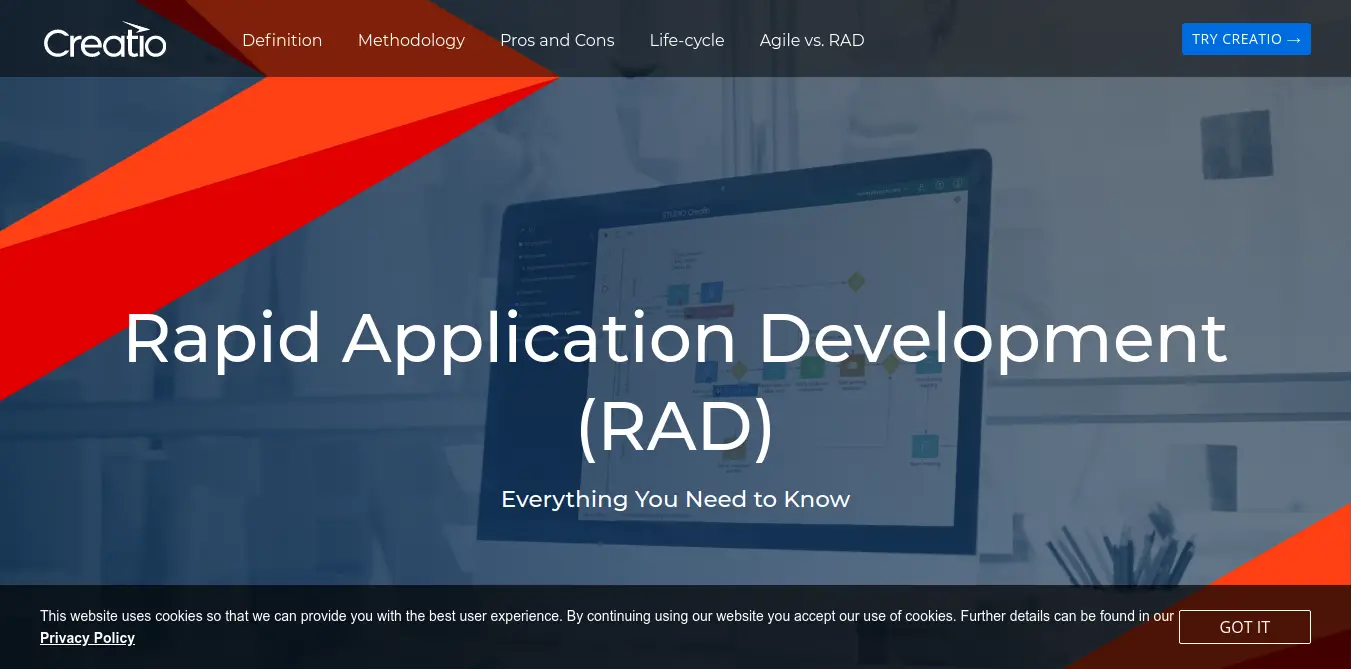Rapid Application Development - an overview

Rapid application development is a software development concept that involves agility and customer satisfaction while not being strict on following the rules. In addition, this software gives the opportunity to quickly build a prototype instead of spending a huge amount of money on just the planning process. It is typically misunderstood by thinking of it as a specific model, however, RAD is a concept that tells the consumer to think of the model as clay rather than steel. This is how most development practices interpret it.
Rapid Application Development Advantages and Disadvantages

